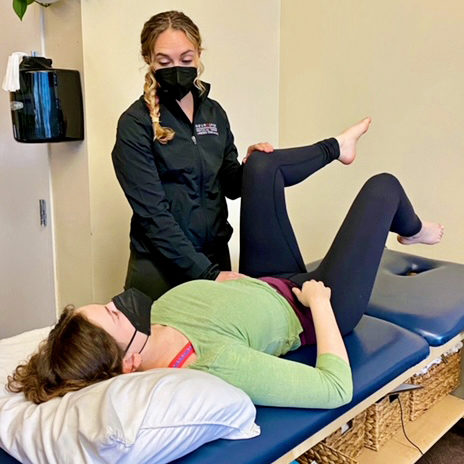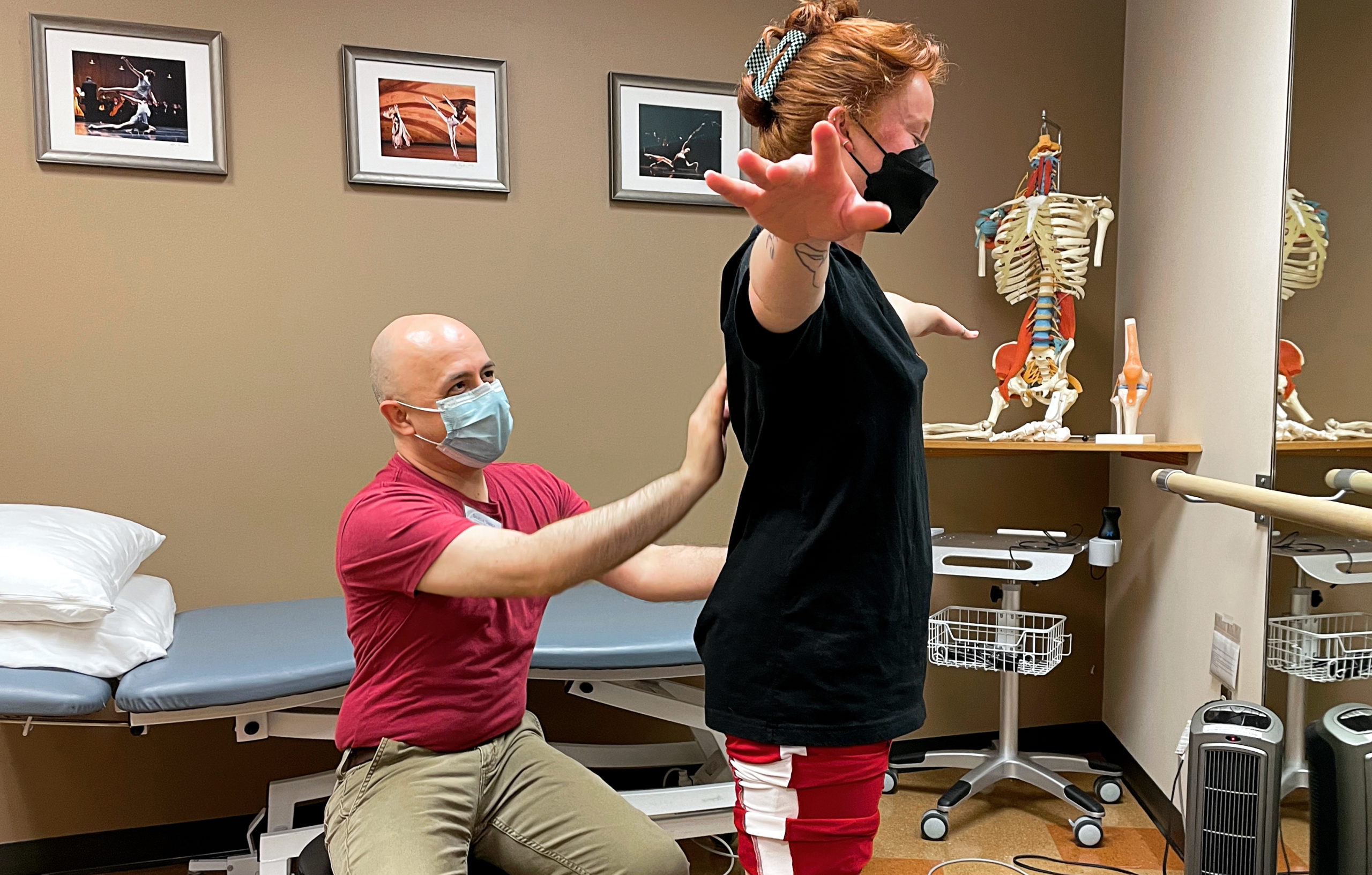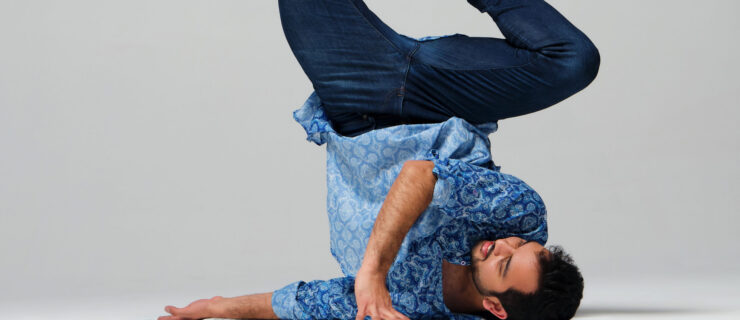Recognizing, Treating and Preventing Lower-Back Pain
From arabesques to acrobatic backbends, dancers are used to pushing their backs to extremes. While flexibility is beautiful onstage and is often a source of pride for dancers, it’s important to safeguard your lower back—and pay attention to aches and pains early—to ensure a long, healthy career.
Where Is the Pain Coming From?
Back pain is incredibly complex, says Dr. Rachael Greenwell, DPT, a physical therapist who works with Broadway dancers. Often, the source of the pain can be tied to the age of the dancer: Early-career dancers are more at risk for stress fractures, those in their 20s and 30s tend to be more affected by disc herniations, and later-career dancers may experience issues with the facet joints along the spine. “In those early developmental years, repetitive activities can cause enough stress on the bone that it can fracture,” says Dr. Matthew Grierson, a Seattle-based physiatrist who works with dancers. Arthritis and other degenerative problems grow over time, he explains. “Moving on into early adulthood, because of loads on the discs, little wear-and-tear stresses can develop and the fluid inside the disc can leak out. If it’s a big enough herniation, it can even pinch a nerve.”

Causes and Risk Factors
In addition to the repetitive motions associated with dance, Greenwell says back pain is commonly caused by having either a very large or very small range of motion in the spine. Dancers with high mobility need the strength to safely support that flexibility. “It looks great onstage, they’re super-bendy, but their muscles and joints are going through too much stress,” she explains. On the other hand, dancers with less spinal mobility can strain their muscles by forcing a position that isn’t available to their body.
Getting Help
So, you have back pain, but how do you know when to see a specialist? According to Greenwell, if you’re experiencing radiating pain or pain that keeps you awake at night, or if you sustain an acute injury to your back, you should seek help immediately. “On the less extreme side, if you just feel like you need some guidance on proper cross-training, or if you’re having some back pain and are not sure how to manage it, PTs are open to that and we will help you.”
Grierson adds that when you see a specialist, you can expect to receive a diagnosis and treatment plan within the first few appointments. A doctor or physical therapist with experience treating dancers can tell you if it’s safe to continue dancing during recovery, and what movements you might need to modify. Many of his clients incorporate massage, dry needling and acupuncture into their treatment plan. Sometimes, depending on severity, patients need cortisone injections or, in rare cases, surgery, but Greenwell recommends catching any back pain well before it can progress to that point.
An Ounce of Prevention
Back pain can be extremely limiting, so take steps to prevent it—even if you have a busy schedule. Greenwell says a proper warm-up routine is essential; make sure to include dynamic stretches and exercises that promote core and shoulder stability. She also recommends working in a cross-training regimen that includes core and glute strengthening, which will help put less pressure on your back.





